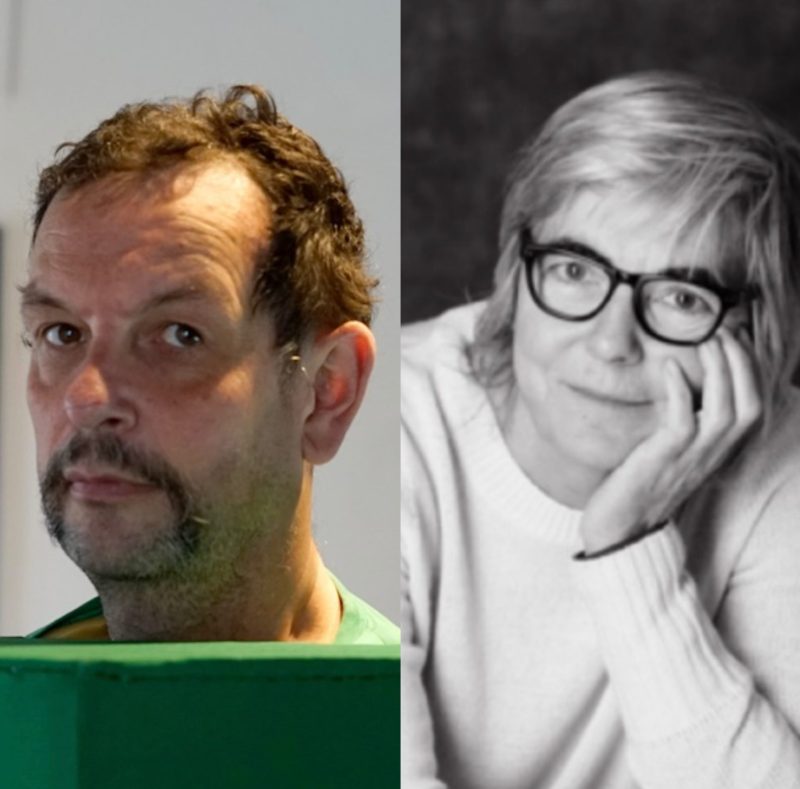Netherlands
Performance Art
Since 2015 Guda Koster and Frans van Tartwik collaborate in their performances. Kosters sculptures are closely related to clothing and costumes, and after having decided to wear her sculptures herself as a model for her photographic works, it was a logical next step to let her sculptures come to life and do performances as well. Frans van Tartwiik is a visual artist who has a wide experience as a performer and musician. The sculptures used in the performances are produced together, and together they decide on movement, sound/music and location.
Kosters and van Tartwilks sculptures and performances bring to mind Kasimir Malevich revolutionary stage design for the Opera Victory over the sun (1913) or Oscar Schlemmers Triadic ballet(1922) in which the costumes used are more like sculptures. The aesthetic quality of Koster/van Tartwilk’s costumes/sculptures is important: they are made meticulously and the fabrics used contribute to their fresh and colorful appearance. Each costume has a distinct character, and humour and exaggeration are never far away. Apart from what the “Living Sculptures” look like, there are also (mostly subtle) references to themes like (over)consumption, identity, (in)equality, architecture, and art.
In the 60’s and 70’s performance artists like Vito Acconci, Marina Abramovic and Yoko Ono confronted their audiences in the most radical ways possible. The artists’ body was literally used as a material. Closely linked with this radical use of the body was the aspect of physical endurance. In Koster and van Tartwilk’s recent performances like The hand that gives (2021), Coole types(2022), or A man with many faces(2020) the interaction with the public is an important aspect. but the performers do not seek a confrontation. The body is not used as a material, but it remains invisible and hidden in the sculpture. Endurance can be important.
Since 2017 many of Koster and van Tartwijks performances took place on carefully selected locations on streets, squares or parks in Dutch, German or French cities. The sculptures/performers move and act: they chant, dance and speak. The amazed passers-by may wonder what the true nature of these appearances is: are they machines, performers, male or female?
